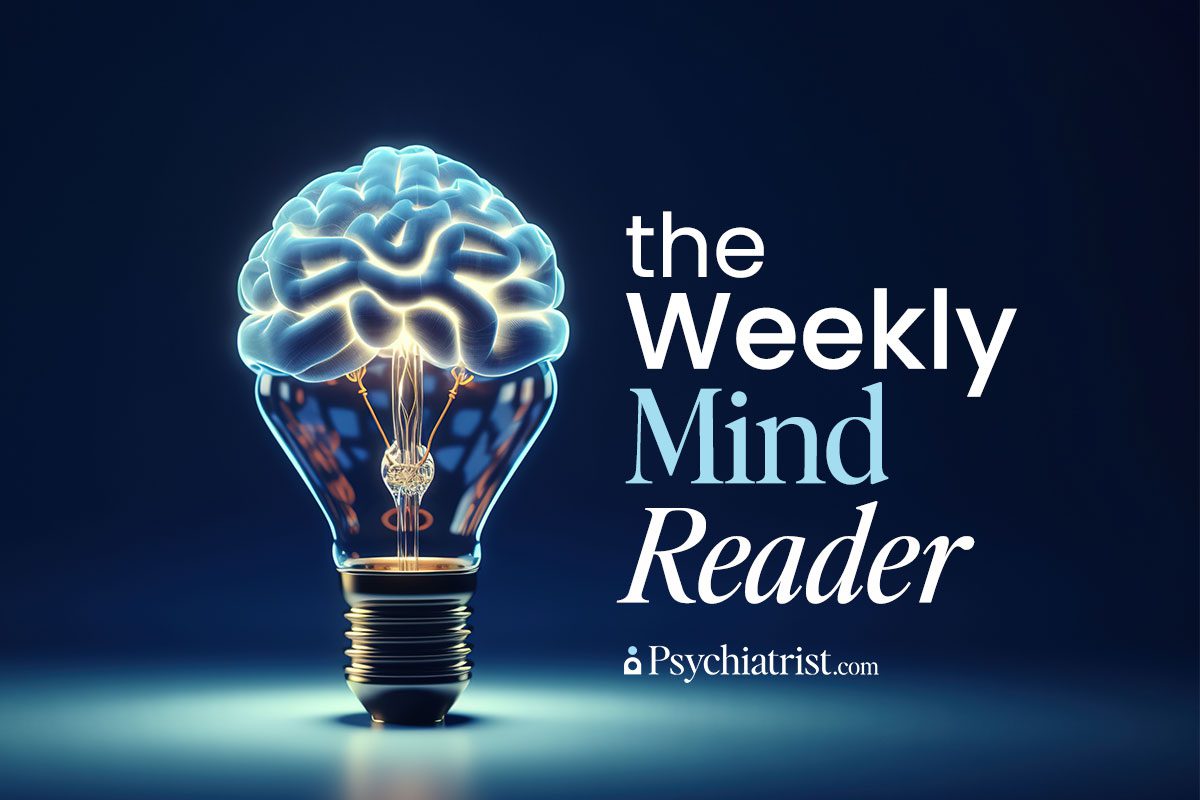Primary Care Companion just published a case study that highlights the potentially lethal consequences of xylazine adulteration in opioids, benzodiazepines, and cocaine.
Xylazine Masks Benzodiazepine Withdrawal
This case study reported on a 35-year-old man with a history of polysubstance use disorder, including opioids, cocaine, benzodiazepines, THC, methamphetamine, and tobacco.
After a recent hospitalization for opioid overdose, he presented with cyanosis and doctors managed to successfully resuscitate him. Despite reporting benzodiazepine withdrawal symptoms, treatment was not initiated due to conflicting clinical indicators.
However, the patient subsequently experienced a seizure, attributed to benzodiazepine withdrawal masked by xylazine, an adulterant in his drug supply. Testing revealed impurities including xylazine, fentanyl, and bromazolam.
This case underscores the importance of monitoring patients for withdrawal symptoms, especially in those using multiple substances. It also highlights the need for drug testing to identify impurities in the community drug supply.
Xylazine, known as “tranq,” is a potent veterinary anesthetic increasingly found as an adulterant in opioids, benzodiazepines, and cocaine. Its central nervous system effects include sedation, analgesia, and muscle relaxation, potentially masking withdrawal symptoms without providing necessary GABAergic effects.
This case, possibly the first describing xylazine masking benzodiazepine withdrawal leading to a seizure, emphasizes the importance of vigilant monitoring for withdrawal symptoms, even after the acute phase, and the value of drug testing to identify impurities. It also suggests the need for increased awareness and recognition of the dangers posed by xylazine in the community drug supply, as highlighted in recent public health reports.
IN OTHER PSYCHIATRY AND NEUROLOGY NEWS
- Recognition of hypoactive delirium should prompt the search for its underlying etiologies, with initial attention paid to life-threatening or emergent causes.
- Editor-in-Chief Marlene P. Freeman, MD, reflects on the importance of peer-reviewed research in today’s world and recognizes the contributions of JCP authors and peer reviewers over the past year.
- Dr. Andrade reviews and discusses research on the relationship of sedentary behaviors to the development of dementia.
- Super Bowl Sunday drives significant academic research into issues such as increased alcohol consumption and gambling addiction concerns.
- Researchers in Taiwan have unearthed further evidence that women with polycystic ovary syndrome (PCOS) are more likely to attempt suicide.
NEW AT CME INSTITUTE
Click to earn free accredited CME credit.



